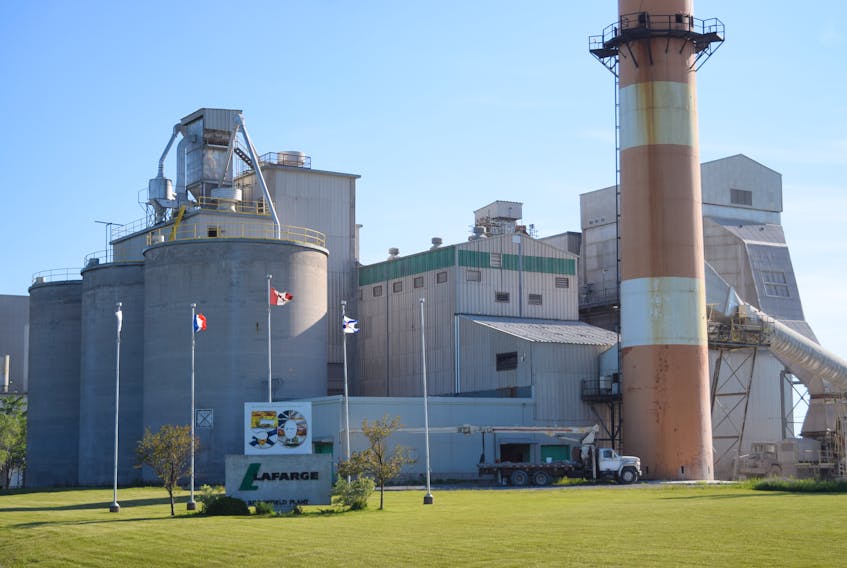BROOKFIELD, N.S.
An application has been filed by Lafarge Canada Inc., for an industrial approval to use tires as a low-carbon fuel in its cement plant in Brookfield.
The company plans to begin a one-year pilot to burn used tires in one of its kilns in the hopes of reducing its reliance on higher carbon fuels such as coal and petroleum coke.
The project received its environmental assessment from the Department of Environment on July 6 but also requires an industrial approval before it can proceed.
Department staff will review the application to determine whether it is complete and, if so, will have up to 60 days to make a decision.
A group of local citizens in the area are against the proposal because of environmental concerns. As well, a tire recycling company in Halifax has also expressed disapproval because of concerns that Lafarge will reduce its supply of used tires.
The province generates approximately one million used tires each year, which are collected by Divert Nova Scotia. For the past eight years, Divert has had a contract with Halifax C&D Recycling Ltd., which shreds them into a tire-derived aggregate.
Lafarge has been working with an engineering team from Dalhousie University to study the viability of its proposal. Based on preliminary testing by that team, Environment minister Iain Rankin has previously said the cement plant expects to achieve a reduction in carbon emissions and other emissions of approximately 30 per cent, compared to its existing primary fuel sources.









